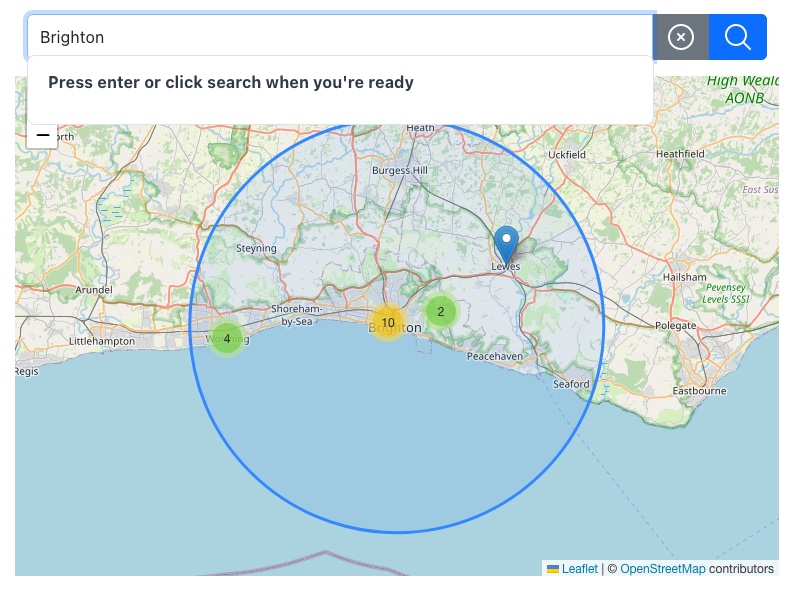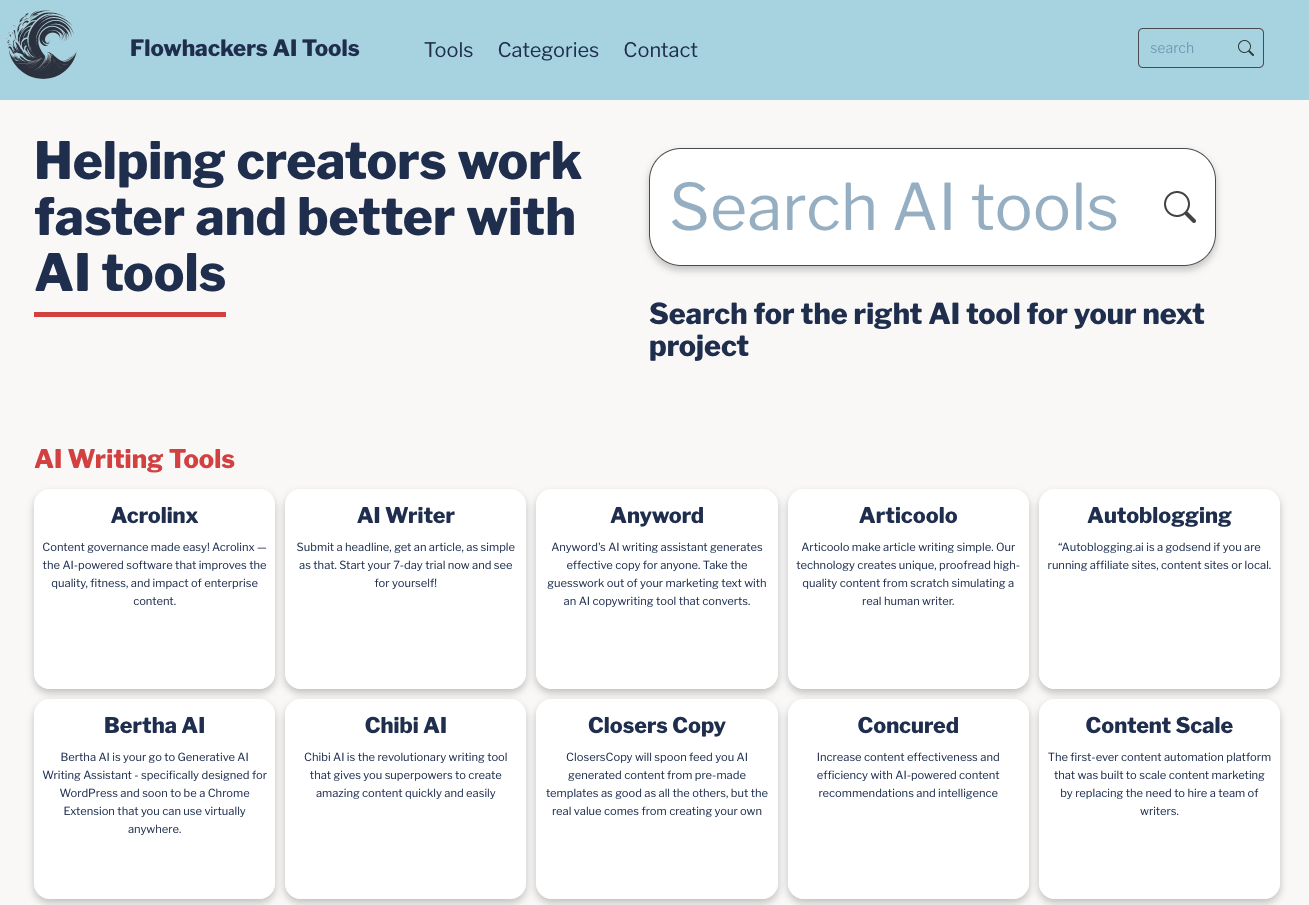· Work · 5 min read

Sveltekit vs Wordpress - 10 Differences
1. Underlying Philosophy
Probably the most top-level factor behind your decision-making between the two.
WordPress is a content management system (CMS) built with most of the processing power running on the server using a web language called PHP. You set up an instance and tweak the design using themes, and add functionality with the huge number of plugins available to users. Very little coding, HTML or CSS is involved in building a website with Wordpress.
SvelteKit is a framework for building modern web applications and sites. The applications can be run on the client side primarily, but can be rendered on the server. Sveltekit integrates with Svelte, a reactive, interactive, easy to use Javascript framework. Static websites can be made with Sveltekit, as well as database-integrated apps. Essentially, the sky’s the limit, though with this comes the price of increased complexity.
2. Language
Which languages do these frameworks use?
WordPress, for the average user involves very little coding. Most of this is hidden behind a graphical user interface (GUI). Wordpress is built with HTML, CSS and PHP - used for rendering database data in the browser, as well as editing this data. Some JavaScript is used in Wordpress as well, particularly in modern plugins. If you see any more modern “interactive” elements, as opposed to form-based elements for editing your data, likely this is Javascript. These technologies have been powering the web for a very long time.
SvelteKit is built with Javascript, and uses the reactive framework, Svelte. Writing with Svelte involves knowledge of vanilla Javascript, HTML and CSS - as well as the framework’s native concepts. As Svelte compiles to plain Javascript, many native Javascript libraries are available to users. Have a search on NPM for the hundreds of thousands of packages available there.
3. Performance
WordPress sites can often be quite slow to load. Site optimisation is important for SEO, and Google PageSpeed scores count. I’ve done a few Wordpress optimisations, and while the scores can be improved, often this comes with a cost. Caching plugins help somewhat, but often you have to host the files on a content delivery network (CDN), compress images, ramp up your server speed. This all comes with a cost, and for my money, it’s throwing brute force at a problem we shouldn’t have in the modern web era.
SvelteKit is fast out of the box. The code that ships is minimal, compiling to only the code that is needed to run the application, unlike some other modern web frameworks that include the entire codebase. In the world of reactive frameworks, it’s very fast, compared to Wordpress, it’s a universe away.
4. Learning Curve
WordPress is very beginner friendly. Set up is relatively simple: one of the reasons why it became so popular was the so-called 5 minute installation (I always seemed to take significantly longer). Adding and editing pages is straightforward, thanks to a backend interface - the CMS. Editing and updating the visuals and functionality of the site is straightforward, thanks to the plugins and themes available.
SvelteKit has a higher learning curve. requiring an understanding of modern web language Javascript, reactive concepts, Svelte and Sveltekit syntax and project. As usual, the benefit of a steeper learning curve is greater power and functionality. You’re relying less on plugins/themes to do your work for you.
5. Customization
WordPress as we touched on earlier, has a very mature ecosystem, having been around for over a decade now. Users can extend their website functionality and appearance with minimal coding knowledge. The downside of this is that you can find yourself relying on third party packages for functionality, these can break or be hard to debug for your specific use.
SvelteKit offers a huge amount of flexibility for developers looking to create web applications and sites specific to their needs. With a little work, you can build anything you see on the web with Svelte and Sveltekit.
6. SEO Capabilities
WordPress is straightforward to hack for great SEO. Yoast is an example of a widely-used plugin that improves your site’s SEO. Out of the box it’s very strong, but has many tools to improve your site SEO further.
SvelteKit runs blazing fast, so does super well on PageSpeed performance out of the box. Server-side rendering (SSR) does the heavy lifting on this front. In order to build sites that have excellent structure for SEO, developers must manually build this into their applications.
7. Scalability
WordPress, using PHP and often quite data heavy, require some optimisation to get them running under heavy traffic. This may involve caching plugins, CDNs, upgraded servers. It’s not impossible, but does require some engineering and cost.
SvelteKit applications are lighter and leaner. Due to the pre-rendering, they use up less resources on the server, and involve less complexity under heavy traffic.
8. Ecosystem
WordPress has a huge community, with many plugins, themes, users to help you with your problem. A huge percentage of the web is powered by Wordpress, so you’ll rarely struggle to fix a problem, or customise your app.
SvelteKit hasn’t been around for as long. There are plenty of developers out there, but it’s still at the growth stage, and nowhere near the size of the Wordpress community.
9. Hosting
WordPress due to its widespread nature, most hosts will offer a solution to host your Wordpress website. This can be either a managed or manual installation, or a hosted solution where you don’t go near a command line.
SvelteKit apps can be deployed on platforms like Vercel or Netlify. Deployment may require a little bit more knowledge than Wordpress, and have less support.
10. Security
WordPress is so popular that it is often a target for hackers. Basic Wordpress is quite secure, but the sheer amount of third party plugins and themes means that vulnerabilities are often there.
SvelteKit apps are more secure out of the box. There are less points of entry for hackers, and therefore the Svelte framework is much less likely to be hacked. Of course, any website can be insecure if it’s not built with solid security practices.



